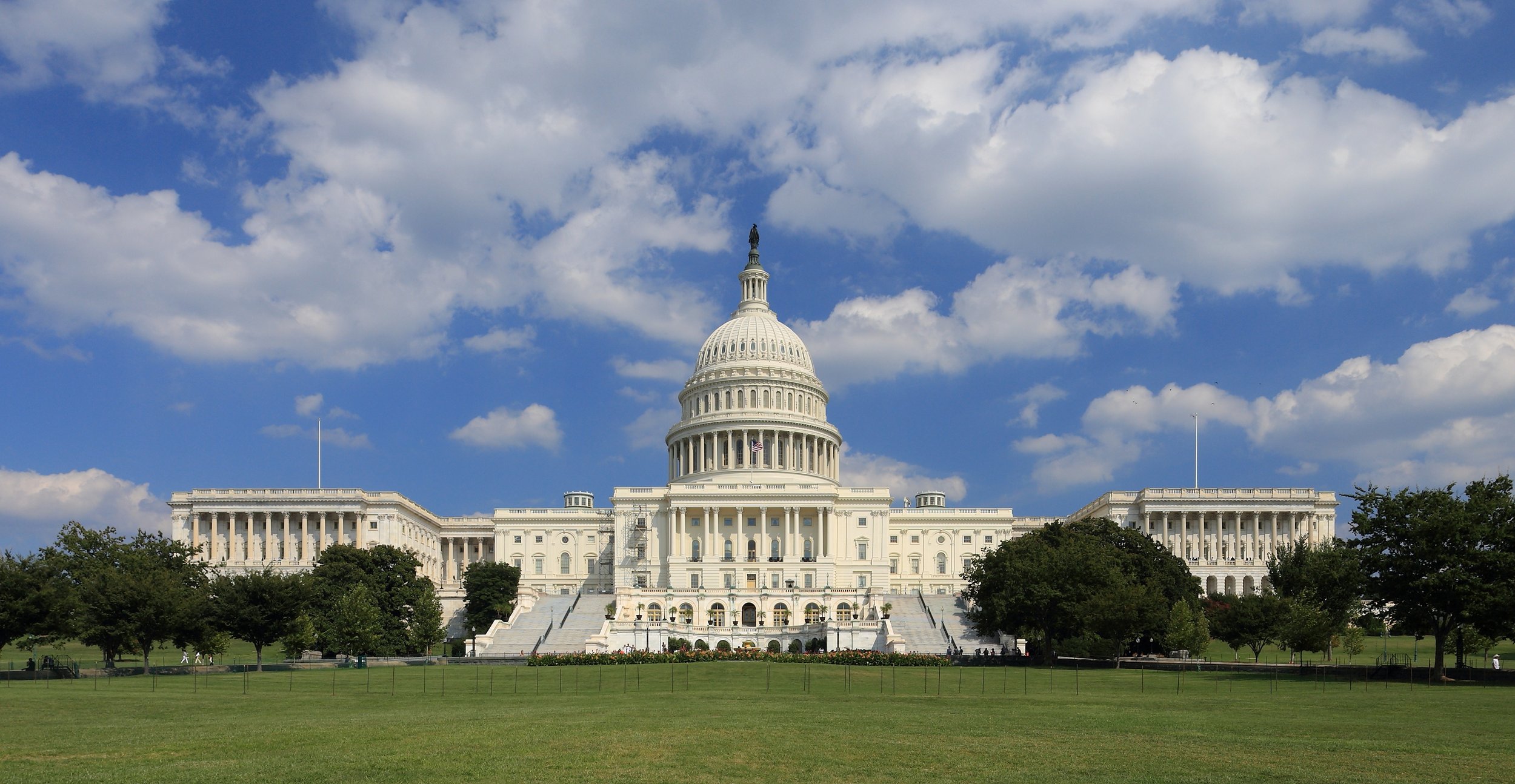
TUESDAY NIGHT FIGHTS
Tuesday Night Fights is a work of historical nonfiction spanning the last half-century, detailing the birth and tumultuous rise of an American city. It is the unique and compelling story of Thousand Oaks, California, which started from humble Western beginnings, served as a backdrop for Hollywood’s “Golden Age,” and became home to a global biotech giant and over 100,000 residents.

In Thousand Oaks, a story of American self-governance is told through the actions of civic leaders who guided the city’s growth and maturity.
Some of the major real-life characters include the following:
An accountant, “tall, leathery, and raspy-voiced, like an Italian Marlboro Man,” would become a city founder and lead the political establishment for 30 years.
Armed with a disarming Southern drawl, a “fearless” residents’ advocate would create havoc for that very establishment, and her adversaries would turn the city upside down trying to defeat her.
A rising star in the Los Angeles Fire Department would deploy power politics and become “The Godfather of Thousand Oaks” to business leaders.
An urban planner by trade would become a champion for open space; she would fight against urban sprawl and create bulwarks against big money and developer influence.
As her political ally, the “flamboyantly pugnacious lawyer” Ed Masry of Erin Brockovich fame would become Mayor and win re-election with the most votes in city history.

Throughout its history, the United States has a long and sometimes imperfect record of advancing democratic self-governance. In a time when our system of self-government is being tested, this tale highlights that the American system works, even though it can lead to visceral and emotional actions against good people, and it requires civic engagement to ensure the right things happen.





